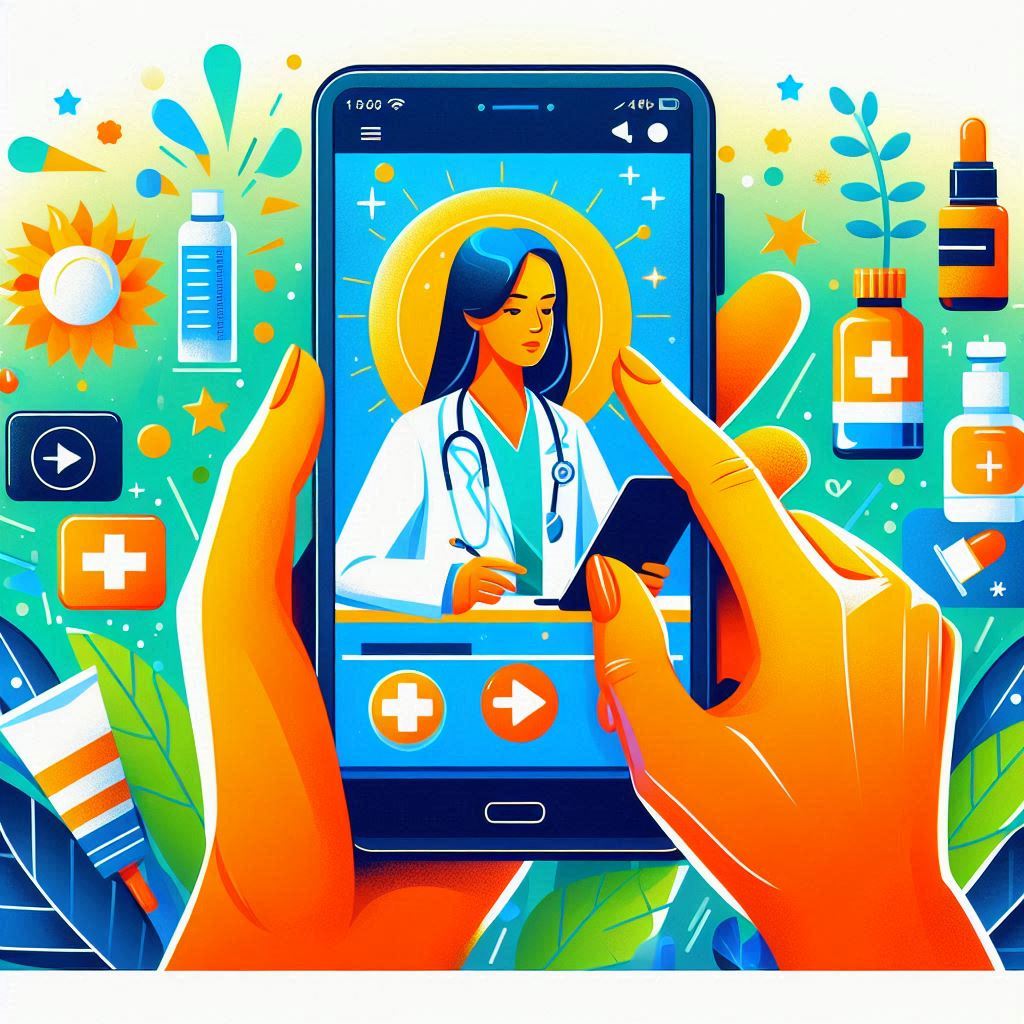
Introduction
Social media has become a powerful tool in health communication, particularly in raising awareness about skin cancer. Almost 80% of cancer patients use the internet as the most important source of medical information. With the exponential rise of social media across the world, these platforms carry promise and risks, where both accurate information and misinformation can travel at a pace incomparable to traditional public health forums.
Melanoma, a type of skin cancer, presents opportunities for prevention at different stages. These opportunities include primary prevention (preventing the initial occurrence), secondary prevention (early detection and treatment), and tertiary prevention (managing and preventing complications). Social media platforms have proven effective in disseminating public health messages and raising awareness about various healthcare issues. This article examines the role of social media in skin cancer awareness and prevention, highlighting key findings from recent research published in JMIR Dermatology.
The Impact of Social Media on Skin Cancer Awareness
Following the COVID-19 pandemic, science communication through social media has flourished. Social media platforms like Twitter (now X), Facebook, and TikTok have significantly influenced public health engagement. According to previous research, X is particularly effective in promoting scientific papers and increasing interactions with scientific literature. On Instagram, majority of skin cancer related content originates from celebrities or influencers, not dermatologists. Facebook allows users to post their own personal experiences and narratives. TikTok, with currently over 2 billion users, is another rapidly growing platform. The most popular skin cancer content on TikTok includes videos with on-screen text and healthcare attire, which is highly engaging for users. Skin cancer ranks among the top 8 dermatological topics on TikTok, with patient testimonies being the most common format, followed by educational videos and clinical demonstrations.
Social media offers several benefits for skin cancer awareness and prevention. It allows for rapid dissemination of accurate information, reaching a broad audience. Strategies such as campaigns to reduce exposure to ultraviolet radiation, public education about skin cancer risk factors, and promoting awareness of guideline-based care are well-positioned for social media-based efforts.
Categories of Social Media Engagement
Engagement and Campaigns
Engagement on social media is key for effective communication. This study found that 16% of the publications focused on engagement. Campaigns designed to promote skin cancer prevention also play a significant role. For instance, the “Don’t Fry Day” X campaign reached a wide audience, as noted by Nguyen et al. (2019). Such campaigns can significantly impact public behaviour and awareness, leading to overall better quality of life.
Demographics and Education
Understanding the demographics of social media users is essential for targeted campaigns. The review included 10 publications that discussed demographic differences in skin cancer social media advertising. Younger audiences, particularly those aged 18-29, are more active on platforms like Instagram and TikTok. Tailoring messages to these demographics can enhance the effectiveness of prevention campaigns and to ensure that these are evidence-based.
Education is another critical aspect as digital tools are vital in accelerating access to care and innovation. Social media can be a valuable tool for physician-to-patient and physician-to-physician education. Eleven publications in this study focused on educational content. For example, the award-winning video “Dear 16-Year-Old Me” was used as an educational tool in dermatology clinics, as reported by Olayiwola et al. (2021). Such initiatives can improve knowledge and encourage preventive measures. The study found that 79% of patients felt more confident in performing skin self-examinations after watching eHealth YouTube videos, which were more effective than traditional methods like informational brochures. Understanding the effects of treatments and diseases from the patient’s perspective is also important.
Misinformation
Thirty-six percent of studies in this review focused on misinformation, with the finding that web-based platforms allow for misinformation to spread much easier and often without consequence. Trust in medical misinformation increases as an individual’s opinion on medical institutions becomes more negative. Many misinformation studies found a positive correlation between social media use, skin tone dissatisfaction, and a positive attitude towards indoor tanning and sunburn.
Challenges and Limitations
Despite the benefits, there are challenges and limitations in using social media for skin cancer awareness. Limited statistical data regarding user demographics on social media makes developing targeted interventions and drawing clear conclusions from social media data mining difficult. Social media research demographics do not accurately represent the entire patient population with skin cancer, disabling researchers from applying social media trends to the general population.
The educational value of prevention campaigns remains in question. When healthcare leaders or influencers misuse campaign power, it can reduce the campaign’s credibility and effectiveness. Some campaigns have proven effective, but significant demographic discrepancies exist in their reach. These campaigns often display a bias toward White individuals and fail to reach older individuals or young adults due to ineffective communication methods or minimally engaging content.
Conclusion
Social media plays a crucial role in raising awareness about skin cancer and promoting prevention strategies. Platforms like X and TikTok have proven effective in engaging users and disseminating public health messages. However, challenges such as limited demographic data and the potential misuse of campaign power must be addressed to maximise the impact of social media in skin cancer awareness. Lastly, providing beneficial educational content involves dermatologists sharing prevention information and practices with patients and primary care physicians. Effectively countering misinformation requires practitioners to be aware of the information being spread, so they can proactively offer their patients high-quality, evidence-based resources. Fully embracing every educational opportunity increases the chances of patients detecting their skin cancer early.
